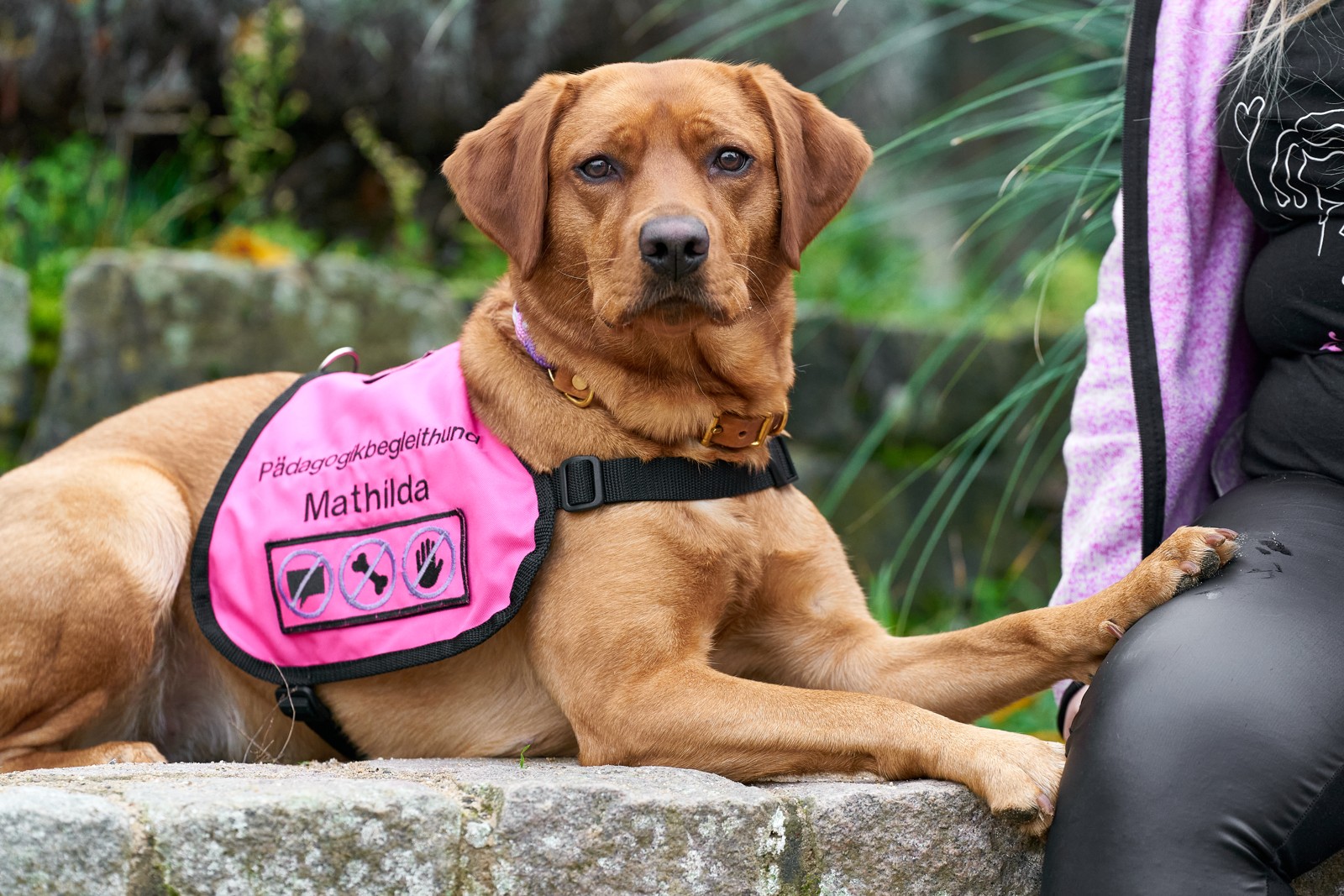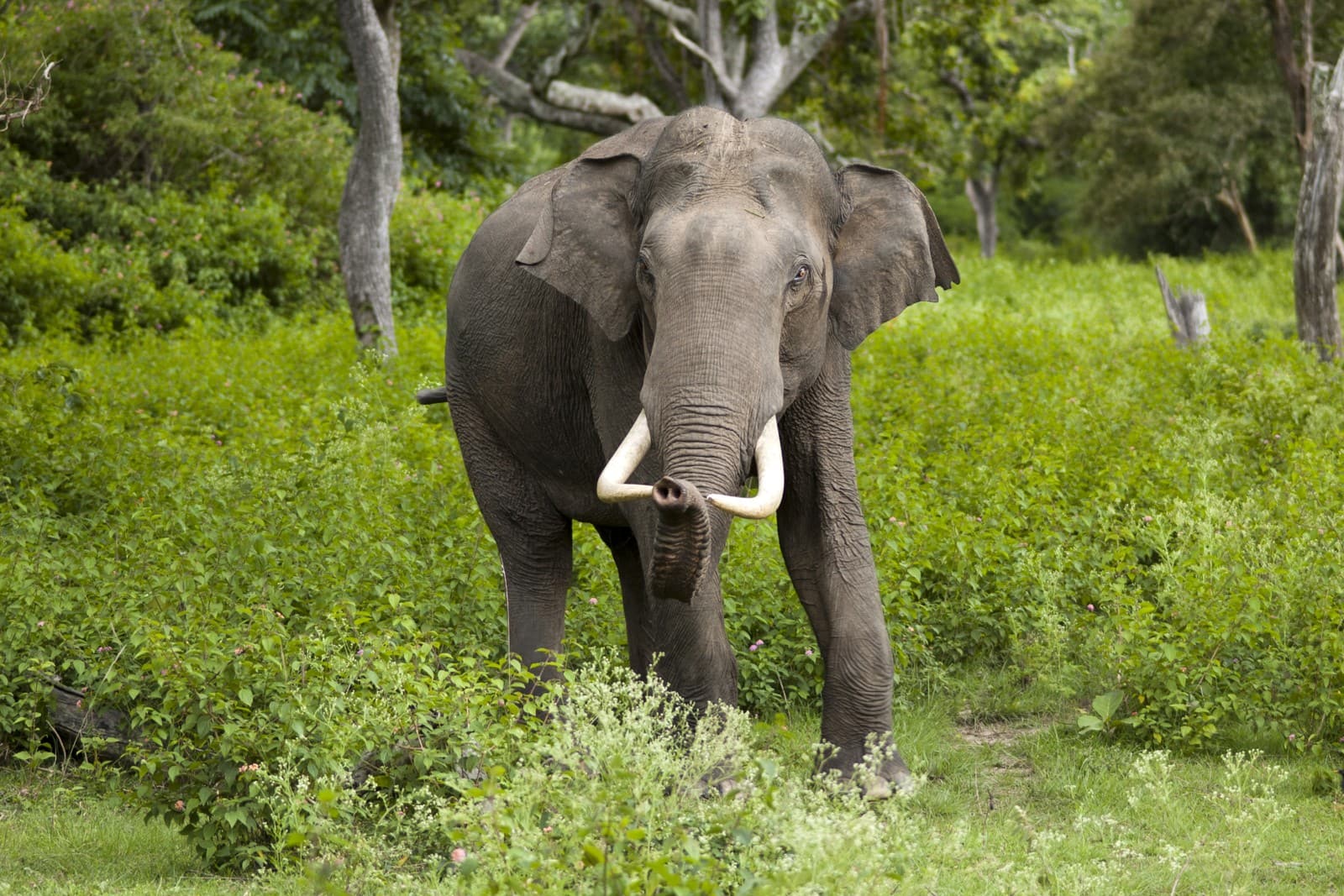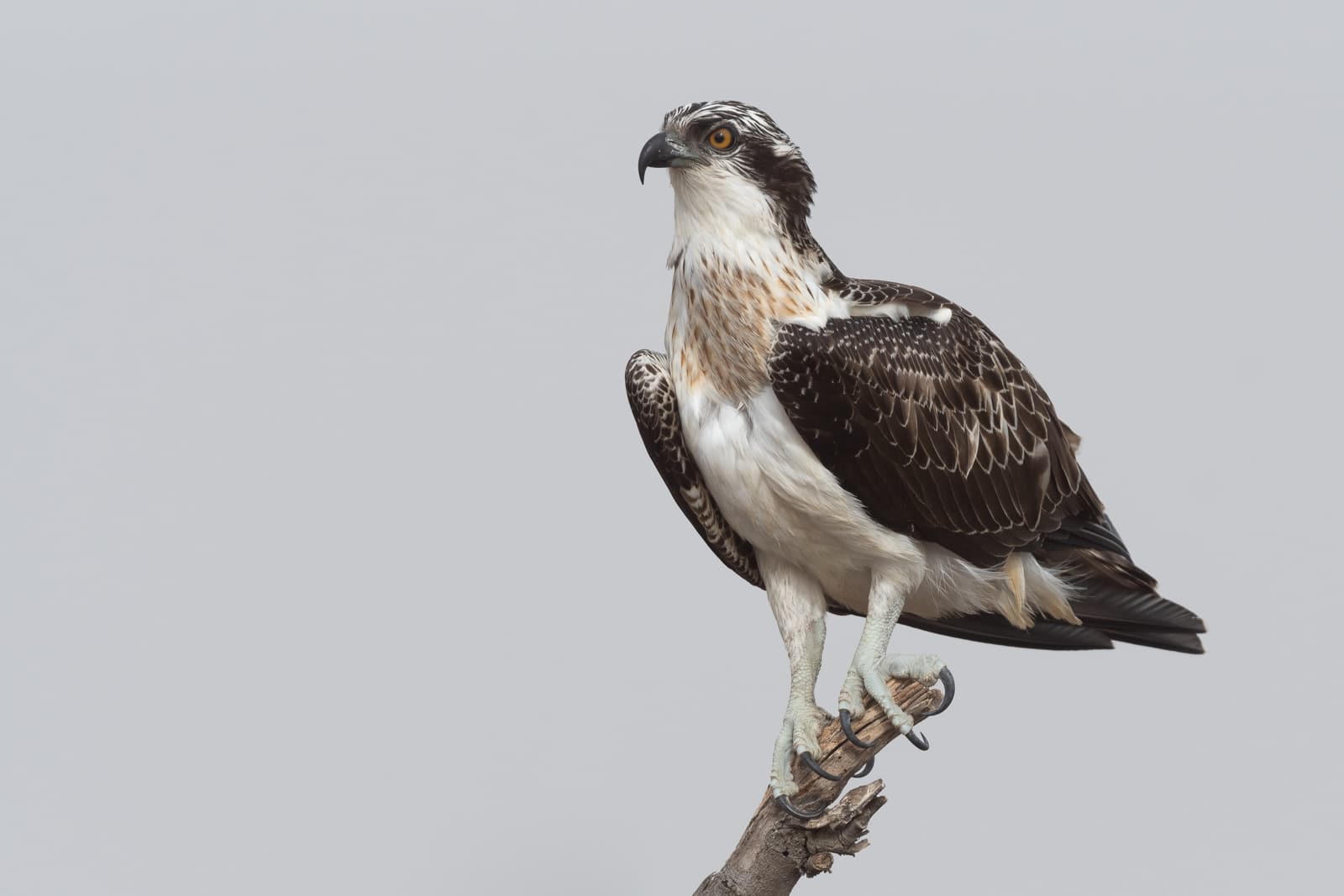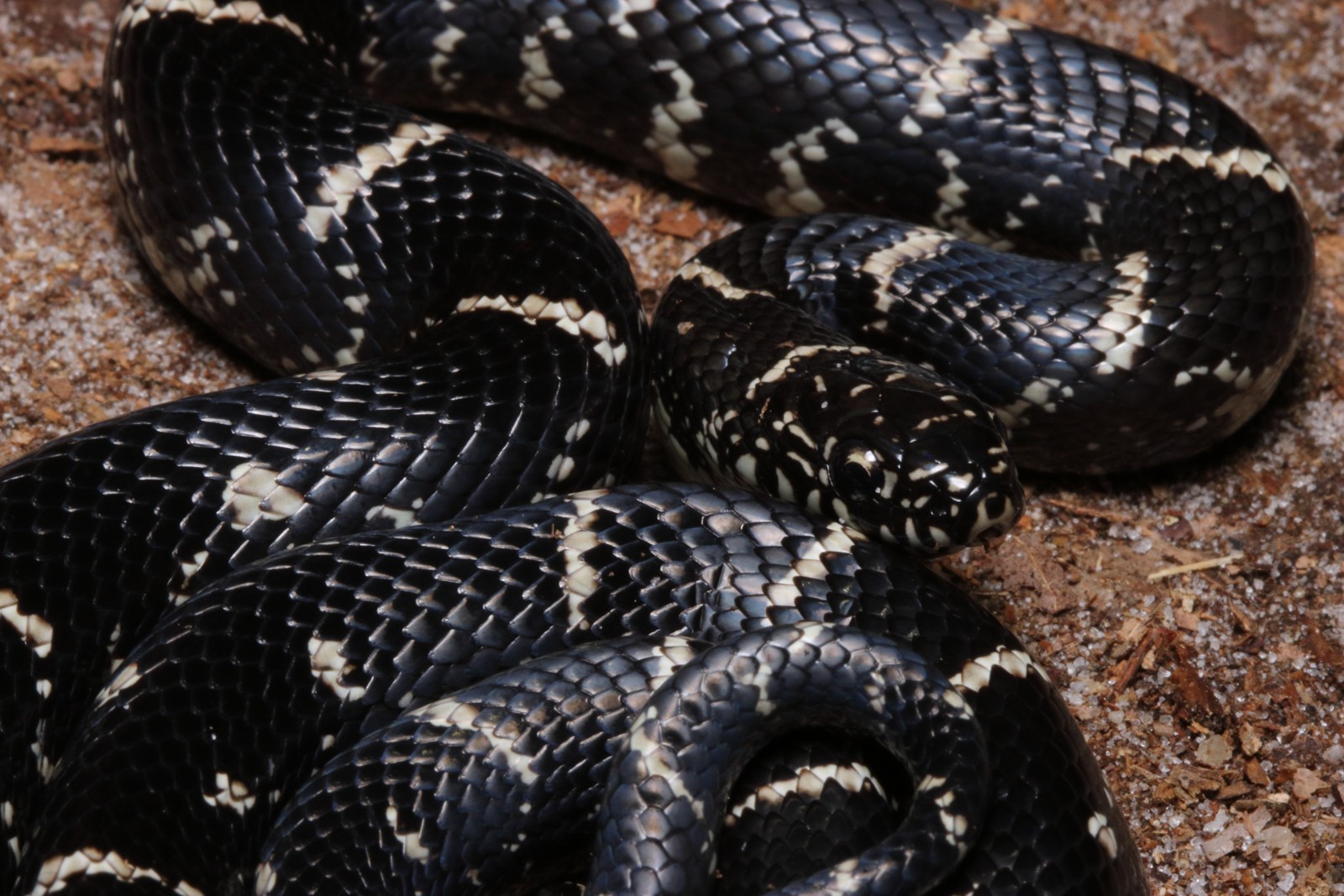Dingo vs Dog: A Complete Comparison
When comparing dingo vs dog characteristics, several crucial differences emerge between Australia’s apex predator and our domestic companions. While both belong to the Canis genus, dingoes (Canis lupus dingo) maintain distinct wild behaviors and physical adaptations that set them apart from domestic dogs (Canis lupus familiaris). Dingoes typically weigh 22-44 pounds (10-20 kg), while domestic dogs range from 3-200 pounds (1.4-90 kg) depending on breed.
These remarkable canines diverged approximately 8,000-10,000 years ago, when some Asian dogs reached Australia and evolved into today’s dingoes. While domestic dogs underwent selective breeding for specific traits, dingoes adapted naturally to Australia’s harsh environment, developing unique hunting strategies and social structures.
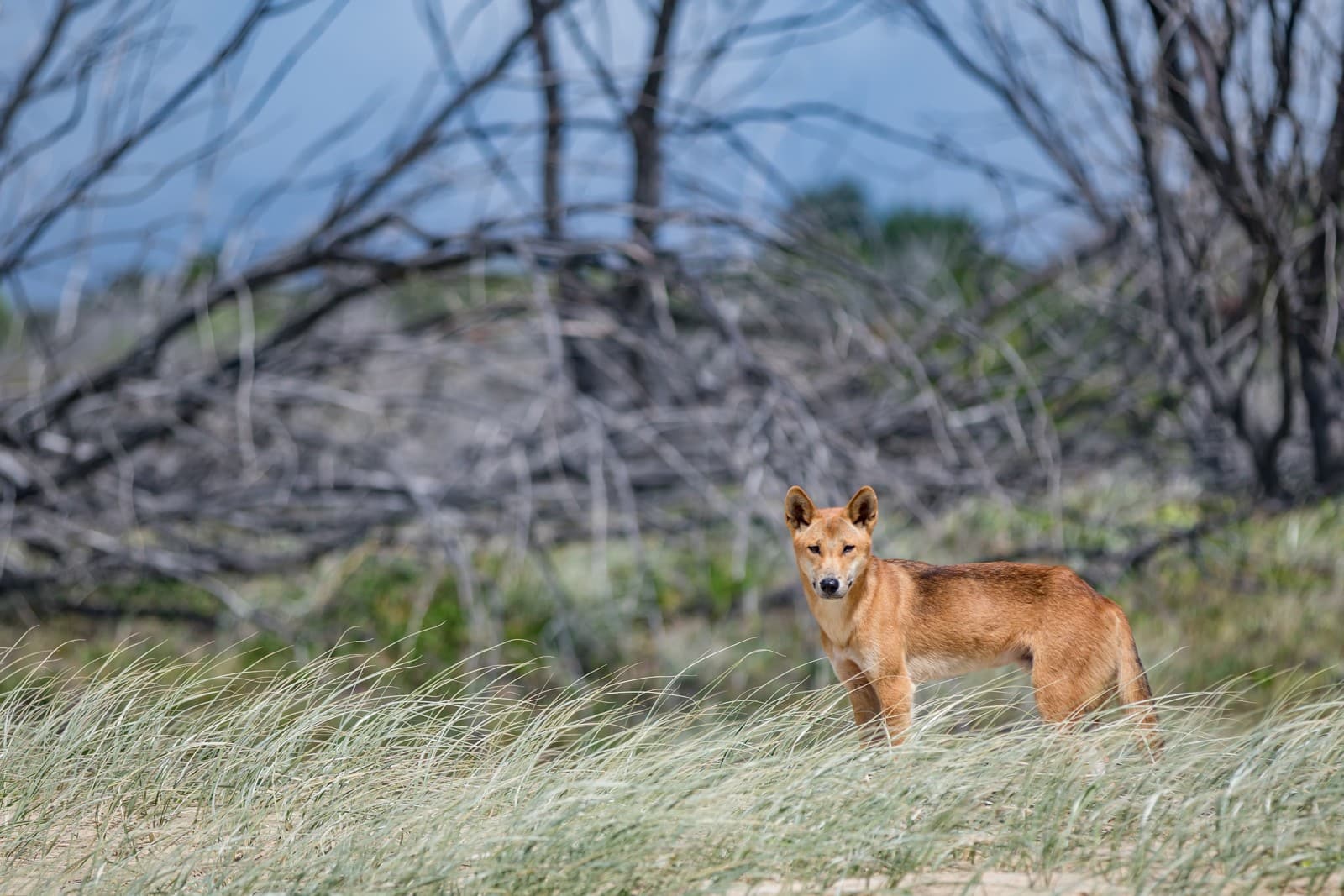
© Newretreads / CC BY-SA 4.0
A pure dingo displays the characteristic alert posture and lean physique evolved for hunting in Australia’s challenging terrain. Note the distinctive ginger coat and upright ears, key features distinguishing them from domestic breeds.
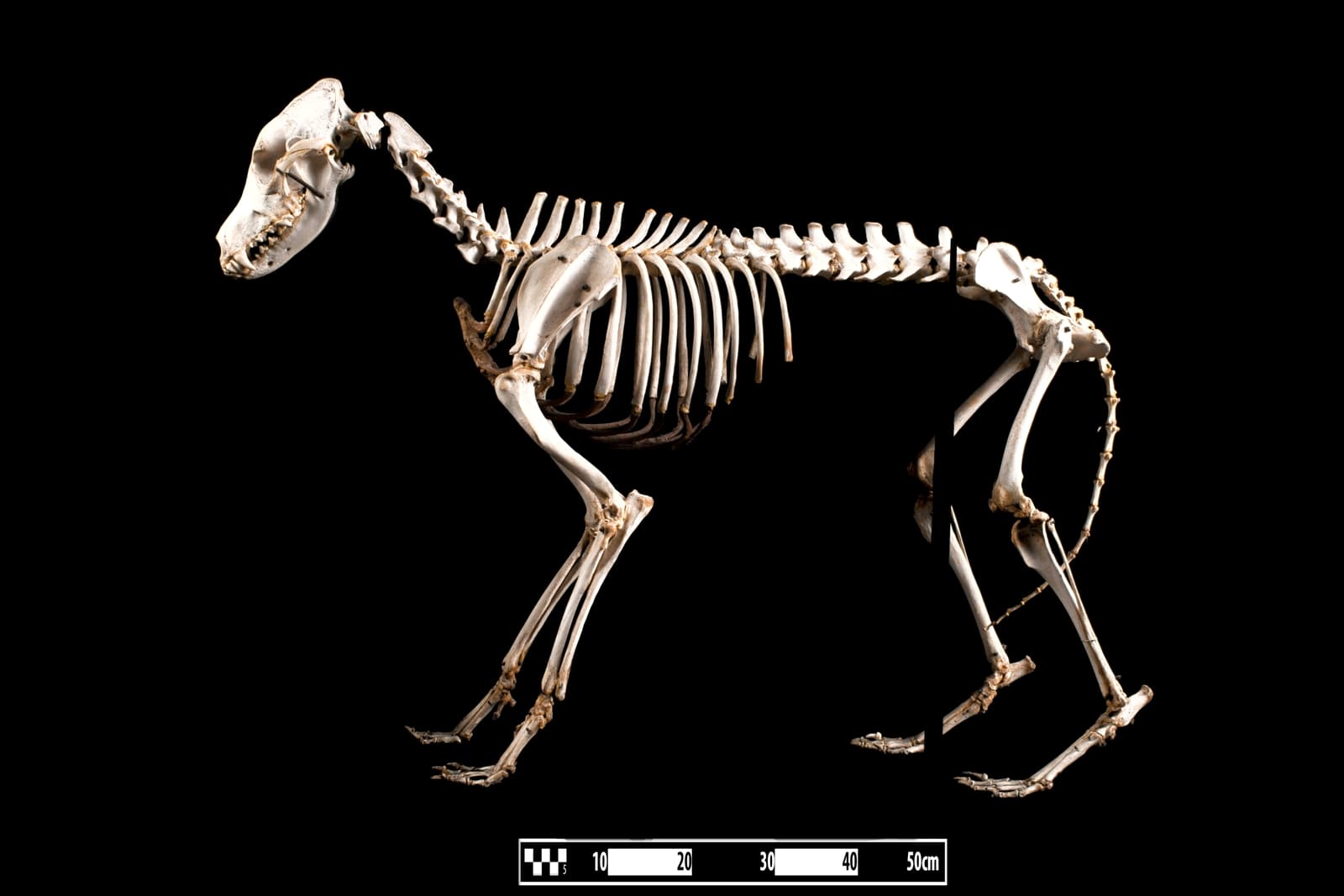
© Museum of Veterinary Anatomy FMVZ USP / Wagner Souza e Silva, edited by Rodrigo Tetsuo Argenton / CC BY-SA 4.0
The skeletal structure of a domestic dog reveals centuries of selective breeding, showing variations in bone structure that differ from their wild cousins. These adaptations reflect their evolution as human companions rather than active hunters.
Key Differences: Dingo vs Dog Comparison
| Feature | Dingo | Dog |
|---|---|---|
| Size | 22-44 lbs (10-20 kg) | 3-200 lbs (1.4-90 kg) |
| Breeding Cycle | Once per year | Twice per year typically |
| Pack Structure | Flexible social groups | Hierarchical pack mentality |
| Diet | Strict carnivore | Omnivorous adaptation |
| Skull Shape | Larger brain case, wider skull | Variable skull shapes |
| Vocalization | Rarely barks, howls instead | Regular barking, varied sounds |
Hunting and Survival Abilities
Dingoes maintain superior hunting capabilities compared to domestic dogs, with documented success rates of up to 60% when pursuing prey. Their hunting strategy typically involves precise coordination and stamina-based pursuit, unlike domestic dogs who rarely display organized hunting behaviors.
Key hunting advantages of dingoes include:
- Rotating wrist joints for climbing
- Enhanced night vision
- Superior problem-solving abilities
- Greater endurance in harsh conditions
Social Behavior and Intelligence
While domestic dogs form strong bonds with humans, dingoes exhibit more complex wild social structures. Research indicates dingoes can solve puzzles in 20 seconds that take domestic dogs up to 10 minutes to complete, demonstrating their advanced problem-solving capabilities.
Breeding and Genetics
Dingoes maintain several unique genetic traits:
- Single annual breeding cycle
- Higher genetic diversity in wild populations
- Resistance to many common dog diseases
- Superior joint flexibility
Who Would Win: Dingo vs Dog Analysis
In theoretical confrontations, several factors determine outcomes:
- Size Match-up: Against similarly-sized dogs, dingoes typically hold advantages due to:
- Superior muscle density
- More efficient killing technique
- Greater agility and stamina
- Natural fighting experience
- Environmental Factors:
- Natural terrain favors dingoes
- Urban settings favor domestic dogs
- Temperature tolerance benefits dingoes
Conservation Status and Hybridization Concerns
Pure dingo populations face significant threats from hybridization with domestic dogs, with some studies suggesting only 30% of wild dingoes remain pure-bred. Conservation efforts focus on maintaining genetic integrity through:
- DNA testing programs
- Protected breeding populations
- Habitat preservation
- Strict control measures
Frequently Asked Questions
Can Dingoes Be Domesticated?
While dingoes can be socialized if raised from puppies, they retain wild instincts that make true domestication challenging. Unlike dogs, they don’t form the same emotional bonds with humans and maintain independent behaviors.
How Can You Tell a Dingo from a Dog?
Key identifying features include:
- White-tipped tail
- Larger canine teeth
- Distinctive head shape
- Unable to bark properly
- More flexible neck and joints
Are Dingoes More Dangerous than Dogs?
While dingoes possess stronger hunting instincts, documented attacks on humans remain rare, with approximately 3-5 incidents reported annually compared to thousands of domestic dog incidents.
Understanding these differences between dingoes and domestic dogs helps appreciate both their unique evolutionary paths and the importance of preserving pure dingo populations in their natural habitat.
